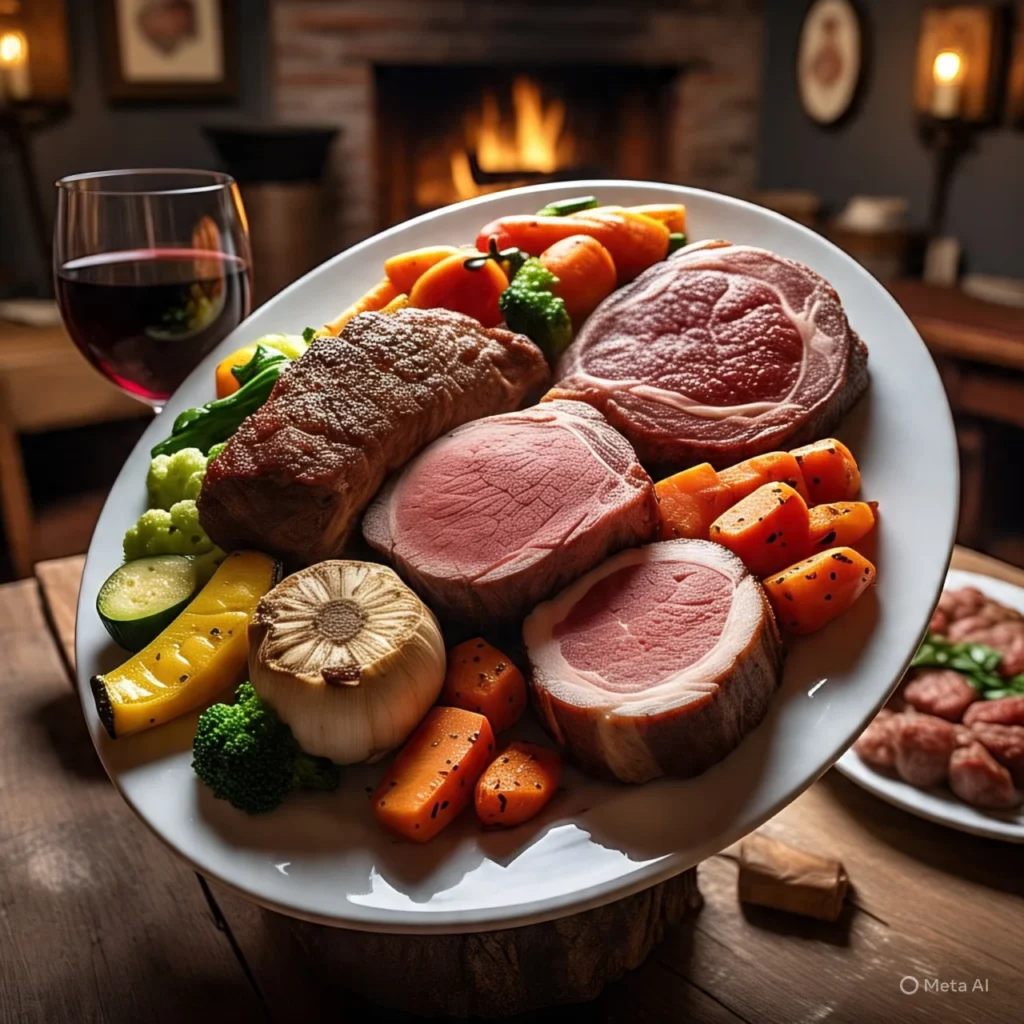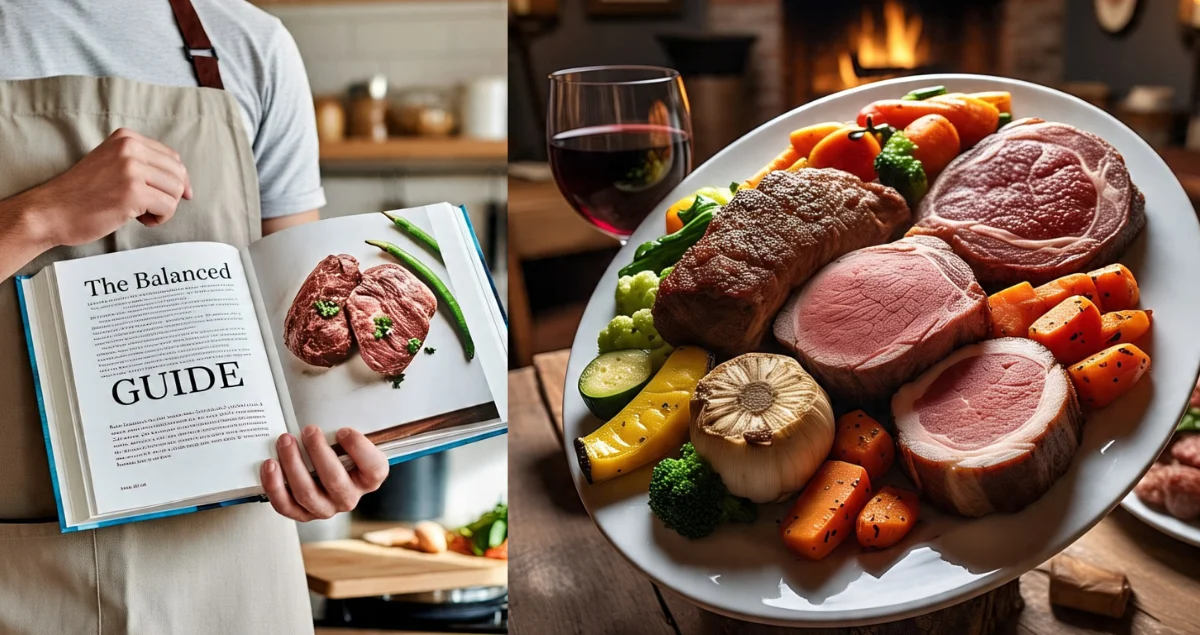The Balanced Meat Eater's Guide: How to Get the Most Out of Your Health, Ethics, and Flavor in 2025
Introduction
Even though meat is a good source of energy, iron, and B vitamins, we need to be smarter about how we handle health risks, moral issues, and the environment. To eat meat in a balanced way, you need to put quality, mindfulness, and ecology first. Here are some good ways to eat meat in the year 2025.
Why Balance Is Important:
The Health Scene in 2025 Heart disease, cancer (especially from processed foods), and inflammation are all linked to eating too much.
Planet: 14.5% of the world’s pollution is coming from livestock.
Ethics: Concerns about animal care are raised by factory farming.
Balanced nutrition: Plants have fiber, vitamins, and phytonutrients that meat doesn’t have.

Five Keys to Eating the Right Amount of Meat
1. Quality should come before quantity
Pick Regenerative or Raised Right:
Grass-fed beef, chicken grown on pasture, and fish caught in the wild.
Check for seals of approval, like Certified Humane or Global Animal Partnership (GAP).
Don’t eat processed meats like bacon, sausages, and cold meats because they contain nitrates that are linked to cancer.
Local and organic foods help small farms and lower the amount of drug and hormone exposure.
2. Master Control of Portion 2025
Three to four ounces (85 to 113 grams) per meal is the right amount, which is about the size of a deck of cards.
Plate Ratio: Try to stick to the “Planetary Health Plate”:
½ Plate: Fruits and vegetables
Plate: Whole grains
Protein (meat OR plant-based, like tofu or beans) on a plate
3. Find the best ways to cook
Don’t char because high-heat cooking makes HCAs and PAHs that can cause cancer.
Ways to Be Safer: You can braise, boil, steam, or sous-vide food.
Marinate with rosemary or thyme; this cuts toxins by 90%.
4. Accept “Meat as Condiment” and mix it with plants
Mix ground meat with diced mushrooms (in a 50/50 ratio).
Twice as many vegetables as meat in a stir-fry.
To make stews and soups taste better, add a little bacon or anchovies.
5. Plan for meat-free days
Aim for three to four plant-based days a week, like “Meatless Mondays.”
Mimicking fasting: 5-day resets that focus on plants every so often (linked to cell recovery).
Conclusion
It’s easier than ever to eat a healthy diet now that cultivated meat and carbon labels are commonplace. What you eat affects your health, the environment, and the food chain. Pick your meats carefully, enjoy them fully, and change what it means to be a meat-eater.
FAQ's:The Balanced Meat Eater's Guide in 2025
Is it safe to eat meat every day?
Yes, as long as amounts are limited to 12 to 18 ounces per week and mostly lean, unprocessed cuts. Balance with foods that are high in antioxidants.
Is meat grown in a lab a better choice?
It gets rid of antibiotics and protects the environment, but long-term health data is still being collected and will be ready in some markets by 2025.
If you eat meat, how does that affect climate change?
Beef leaves the most impact (60 kg CO₂ per kg). Better options are chicken (6 kg) and pork (7 kg). Using regenerative farms can store carbon.
Are plant-based foods better for you?
It’s usually very processed and has a lot of salt. Don’t use too much; whole plants like beans and lentils are better.
What kinds of meat are best for kids?
Bird meat that is lean, grass-fed beef (for iron), and small oily fish like sardines (low mercury). Keep kids’ intake to 1 to 2 oz per day.
Is halal or kosher meat good for you?
Ritual slaughter puts more emphasis on animal comfort and blood flow (which lowers the number of bacteria), but the nutrients are the same.




